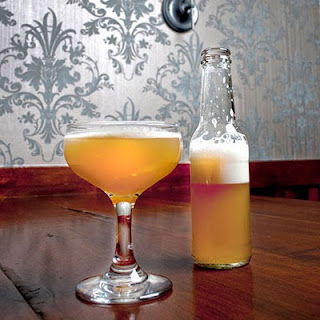Here is a great new recipe...No Bake Cherry Cheese Cake.
This easy summertime treat features omega-3-rich walnuts in the graham cracker crust and uses nonfat Greek yogurt and reduced-fat cream cheese in the filling to keep saturated fat in check. For a bright red topping, use sour cherries; sweet cherries give it a more purple hue. To make gluten-free no-bake cherry cheesecake, use gluten free graham crackers. (But of course...I'm not talking about gluten free anything here!)
INGREDIENTS:
- 4 cup(s) halved, pitted sour or sweet cherries, fresh or frozen (thawed, drained; see Tips)
- 3/4 cup(s) granulated sugar, divided
- 1/4 water, divided
- 2 tablespoon(s) cornstarch
- 1/2 box(es) (14-ounce) graham crackers, preferably whole-wheat
- 1/2 cup(s) chopped walnuts, toasted (see Tips)
- 1/3 cup(s) canola oil
- 2 package(s) (8 ounces each) reduced-fat cream cheese (Neufchâtel), softened
- 2 cup(s) nonfat plain or vanilla Greek yogurt
- 6 tablespoon(s) confectioners' sugar
- 1 teaspoon(s) vanilla extract
- Combine cherries, 1/2 cup sugar, and 1/4 cup water in a large saucepan and bring to a boil. Combine cornstarch with 4 teaspoons water, then stir into the cherry mixture; return to a boil. Reduce the heat to medium and cook, stirring constantly, until the liquid thickens and looks syrupy, about 1 minute. Remove from heat.
- Process graham crackers in a food processor until finely ground. Add walnuts and pulse until finely chopped. Transfer to a bowl; stir in the remaining 1/4 cup sugar. Drizzle with oil and stir to combine. Press into the bottom of a 9- by 13-inch baking dish.
- Beat cream cheese, yogurt, confectioners' sugar, and vanilla in a medium bowl with an electric mixer until smooth, scraping down the sides as necessary. Spread over the crust. Spoon the cherry mixture over the top. Cover and refrigerate until cold, about 3 hours.
Don't Sweat the Tips & Techniques-
Tips: To pit fresh cherries, use a tool made for the job — a hand-held cherry pitter; it also works for olives! Or pry out the pit with the tip of a knife or vegetable peeler. To toast chopped, small or sliced nuts, cook in a small dry skillet over medium-low heat, stirring constantly, until fragrant and lightly browned, 2 to 4 minutes.
Like all of my desserts..Wash this down with a glass of cold milk-
Enjoy...Eat well my friends!















